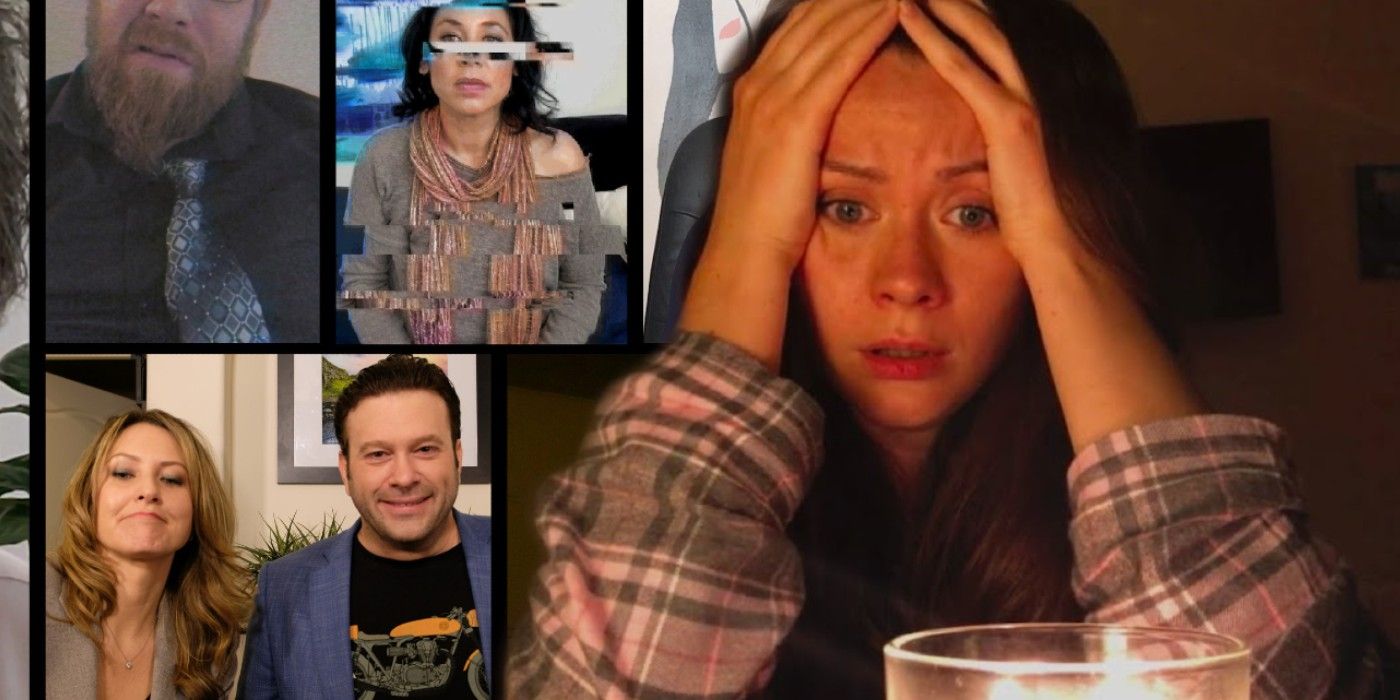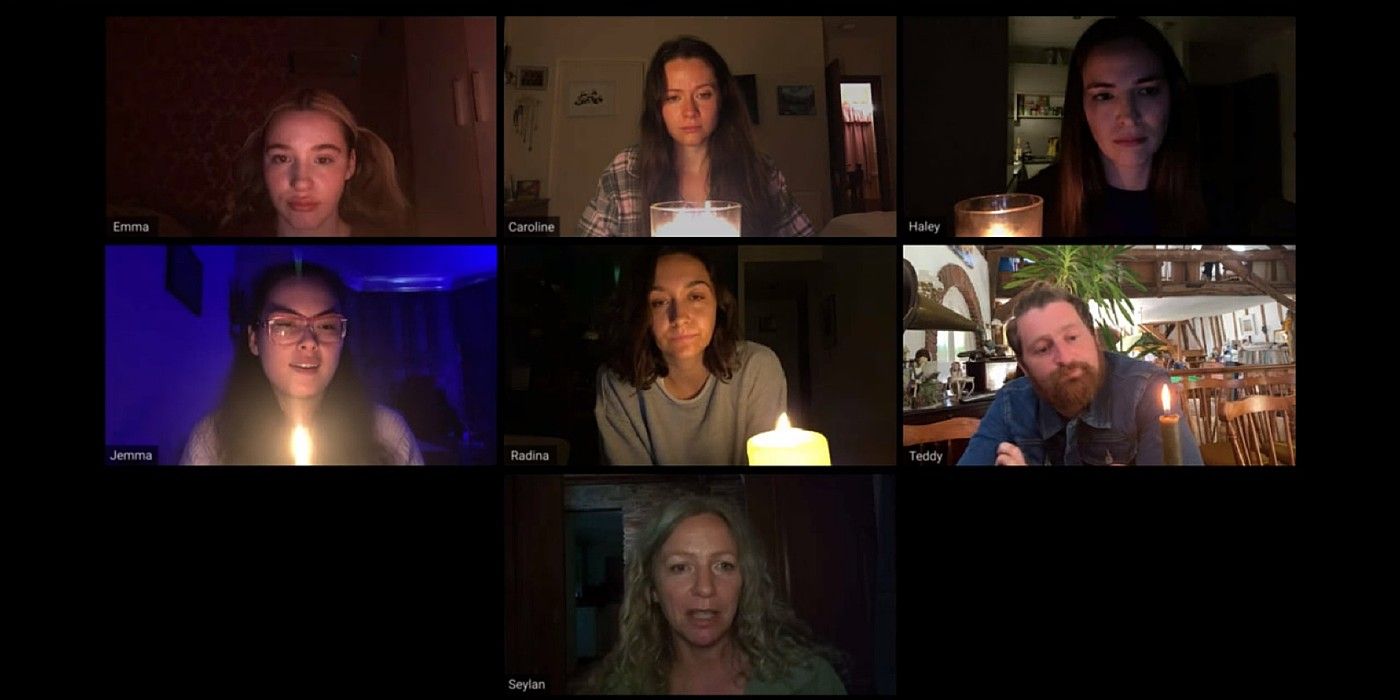During the COVID-19 pandemic, horror creators have turned to webcam services such as Zoom as a means of making new movies. Host released within the first few months of the stay at home order in 2020, and Social Distance made its appearance during November 2020. They both feature video chat services in order to capture the horrors of the pandemic as well as the feelings of isolation and loneliness that accompany it. While they feature similar plots and circumstances, Social Distance pales in comparison to Host.
Found footage horror movies are not at all new to the genre, as The Blair Witch Project popularized the format in 1999. Since its release, directors have contributed new and inventive movies to the found footage sub-genre. One of the most successful found footage franchises happens to be Blumhouse Productions' Paranormal Activity, which currently consists of six installments with a seventh in development. When Host initially released, it immediately became known as the best horror movie of 2020 despite the fact that the year wasn't even halfway over. It's more than deserving of this title, as it uses the realistic time restrictions of Zoom, the fear of leaving the house no matter what's at stake, and isolation. While some directors have taken the pandemic as an opportunity to reinvent the zombie sub-genre with movies such as #Alive, others have opted for the low-budget, accessible found footage format.
It is unclear as to why found footage has reached new heights in popularity in the midst of the COVID-19 pandemic, but it is welcome regardless. Since March of 2020, Megan Is Missing has become a viral TikTok challenge, The Poughkeepsie Tapes have garnered an immense amount of attention, and both Host and Social Distance released. As real-life horrors merge with fiction in these Zoom-based found footage movies, projects such as Host and Social Distance emerge, but how do they actually compare to each other?
Host has a very basic storyline, which is not at all a bad thing. In fact, it's the movie's simplicity that makes it substantially better than Social Distance. Host follows a group of friends who connect through a Zoom call in order to have a séance to fight off the boredom of quarantine. After Jemma manifests a horrifying poltergeist, each character dies off one by one until there are only two left. Rather than bombard audiences with an over-the-top depiction of a haunting, Host's horrors are derived from the familiarity of society's new normal. When the COVID-19 pandemic began, teachers, universities, friends, and families turned to Zoom to communicate while living in isolated, separated spaces. Most of the movie's characters live alone, which emphasizes the isolating aspects of quarantine, but with the additional terror of a poltergeist posing a substantial threat.
Social Distance plays into the conspiracy theories that have erupted from the pandemic. It utilizes government conspiracies to create its horrors, which come off as dull and somewhat tasteless. The entire premise revolves around people who know more about the origins of the virus than the general public and belittles the severity of it altogether. While a conspiracy driven horror movie could've succeeded under different circumstances, Social Distance's use of Zoom did more of a disservice to the plot than anything else it includes.
Ultimately, Host is by far the best Zoom found footage horror movie that has come out of the COVID-19 pandemic. While Social Distance made a valiant attempt at adding conspiracy theories to the mix, it failed to achieve much recognition and lacks scares. Found footage movies typically receive polarizing reviews from fans and critics because some movies can go terribly wrong while others happen to do something similar, yet decidedly better. In the case of these two, Host showcases how it can be done well, whereas Social Distance does the opposite.


